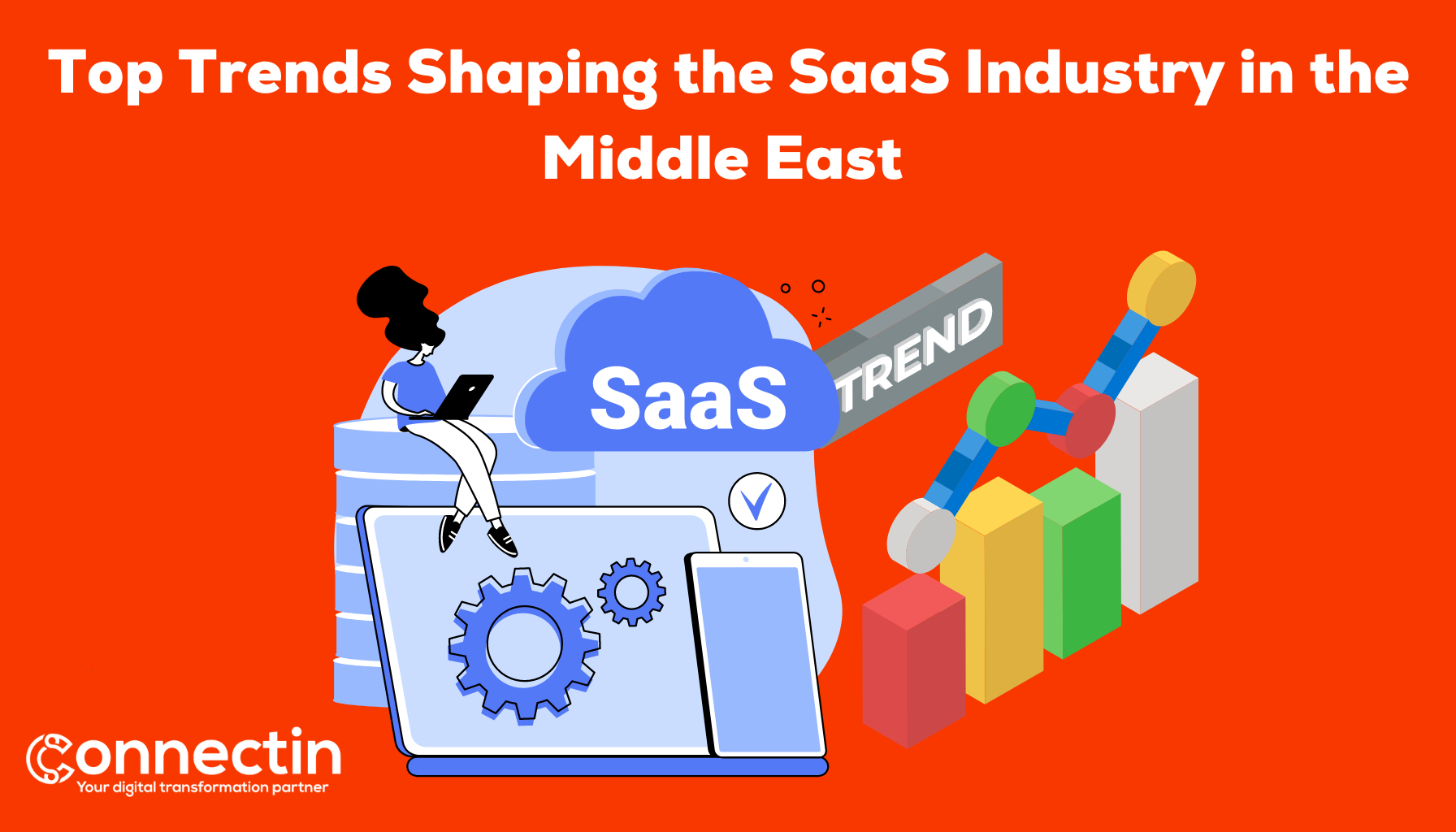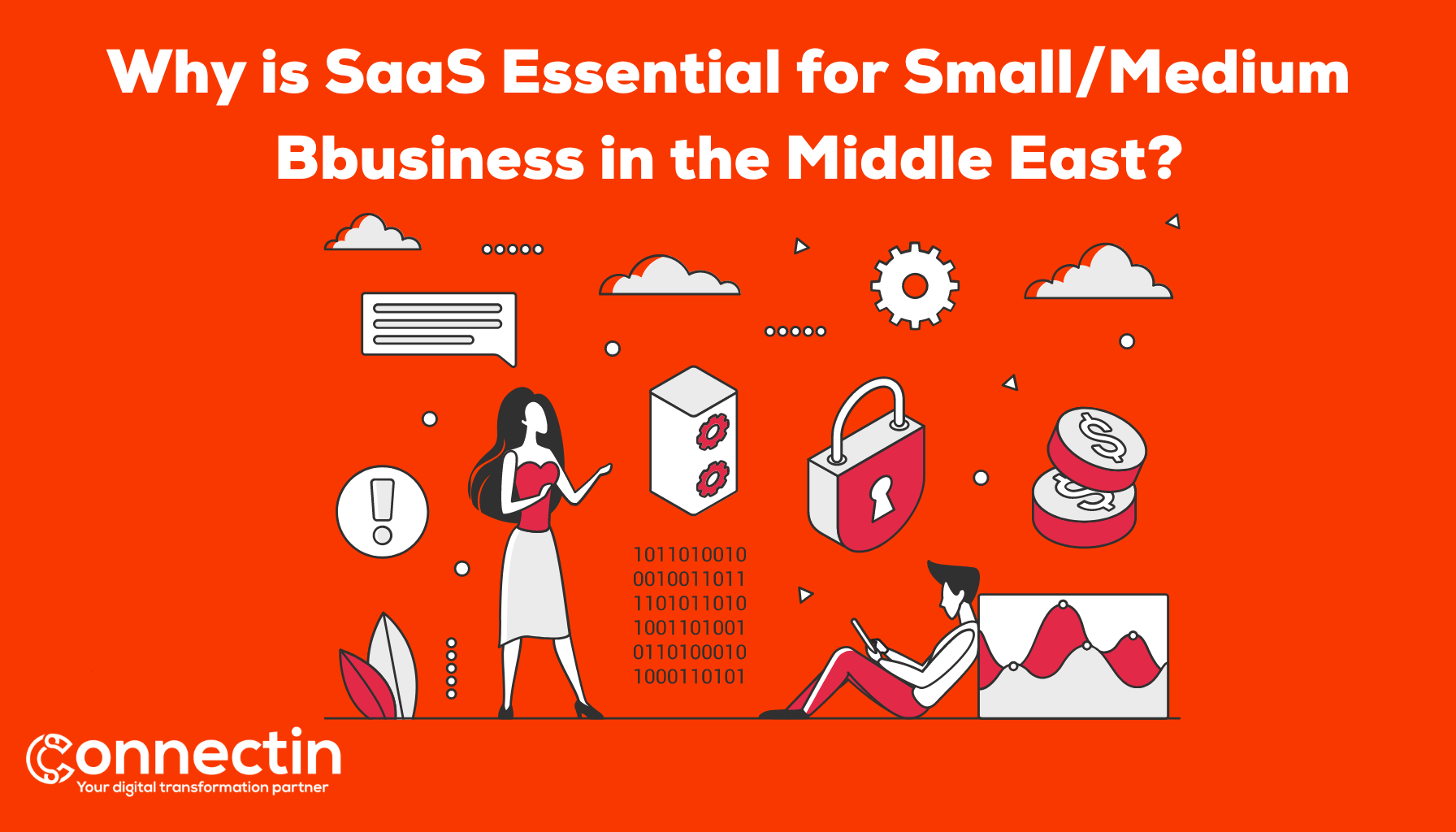As the SaaS industry continues to grow globally, The global Software as a Service (SaaS) market size is projected to grow from $251.17 billion in 2022 to $883.34 billion by 2029, at a CAGR of 19.7%. Similarly, the Middle East region is quickly catching up. With a rapidly expanding economy and increasing digitization, the demand for software as a service has surged in recent years. Here are some of the top trends shaping the SaaS industry in the Middle East:
1 - The increased demand for collaboration software
The COVID-19 pandemic has made remote work a new normal for businesses worldwide. As a result, collaboration software has become a necessity for organizations to communicate and collaborate with their teams in real-time. According to Globenewswire, collaboration Tools Market is Estimated to Reach US$ 115.5 Billion by 2033, Recording a CAGR of 11.4% from 2023 to 2033, growing at a CAGR of 11.4% during the forecast period. That’s why you should be updated on the latest trends and brands to perform effectively.
2 - Martech becoming more accessible to business
The software marketers use to optimize their marketing efforts and achieve their objectives have been around for a while, However, now, it's becoming more accessible to businesses of all sizes in the Middle East. According to a report by DMI, 51% of businesses in the region use martech tools, with email marketing being the most popular. The report also predicts that the Martech market in the Middle East and Africa region will grow at a CAGR of 22.4% between 2020 and 2027. Add to that automation, workflows, and reports and that’s why you should check the article on top CRM/Martech platforms and check their services
3 - More vertical SaaS products emerge
More vertical SaaS products emerge as the SaaS market becomes increasingly crowded, and niche vertical SaaS products are gaining popularity due to to the increase of choices, thus going for something specialised in their field is an ideal decision for clients. These products cater to specific industries or business functions, providing tailored solutions to meet their unique needs. According to a report by the International Data Corporation (IDC), the vertical SaaS market in the Middle East and Africa region is expected to grow at a CAGR of 26.4% between 2020 and 2025.
4 - AI is Integrated into more software Artificial intelligence
(AI) is revolutionizing the SaaS industry, enabling businesses to automate tasks, personalize experiences, and make data-driven decisions. According to a report by Gartner, AI augmentation has created $2.9 trillion of business value and recovered 6.2 billion hours of worker productivity globally in 2021. In the Middle East, according to a report by Gartner, the global AI market is expected to reach $266.92 billion by 2027. In addition, A study by McKinsey & Company found that AI could potentially contribute with 30 trillion to the global economy, Ai has a promising impact on shaping the future of business as another Hubspot report states,
5 - Low-code becomes the norm
Low-code development platforms are gaining popularity in the Middle East, allowing businesses to develop custom applications without the need for extensive coding. According to a report by Forrester, the low-code market will reach $21.2 billion by 2022, growing at a CAGR of 40%. This trend is expected to accelerate in the Middle East, where businesses are increasingly turning to low-code platforms to develop software quickly and efficiently.
6 - PaaS platforms help startups scale faster
Platform as a service (PaaS) is another trend that's gaining traction in the Middle East. PaaS platforms provides businesses and developers with the tools they need to build, test, and deploy applications quickly and efficiently. According to a report, the platform as a service (PaaS) market is expected to grow to $85.92 billion in 2027 at a CAGR of 8.8%. This is proven by the increase of purchases of Paas such as Hubspot where leading companies have opted for its reliable services. For case studies about those leading companies using PaaS and how it impacted their revenue.
7 - The growth of mobile applications
Mobile applications are becoming increasingly popular in the Middle East. This is due to the growing number of smartphone users in the region. SaaS vendors are increasingly developing mobile applications to meet the needs of their customers.
8 - The increasing demand for cybersecurity
The increasing adoption of cloud computing and mobile applications is increasing the demand for cybersecurity solutions. SaaS vendors are increasingly developing cybersecurity solutions to meet the needs of their customers.
9 - The growing demand for localization
The Middle East is a diverse region with a variety of languages and cultures. SaaS vendors are increasingly localizing their solutions to meet the needs of their customers in different regions.
Furthermore, SaaS founders double down on content and SEO. As the SaaS market becomes increasingly competitive, founders are investing more in content marketing and search engine optimization (SEO) to reach their target audiences. According to a report by HubSpot, companies that blog generate 67% more leads than those that don't.
Wrap up
More importantly, in April 2022, According to Cloud Security Alliance (CSA), SaaS misconfigurations can be responsible for up to 63% of security incidents. At least 43% of firms have reported dealing with one or more security incidents due to misconfiguration. The primary cause for misconfigurations is the lack of clarity on changes in the security settings and several departments with admission to SaaS security settings. This necessitates the need for reliable Saas or Paas in vital fields such as CRM and that’s why you should check the this article on Saas solutions. If you find it hard to manage or get access to those PaaS/SaaS, check some onboarding agencies such as ConnectIn digital that will assist you in using those services.




